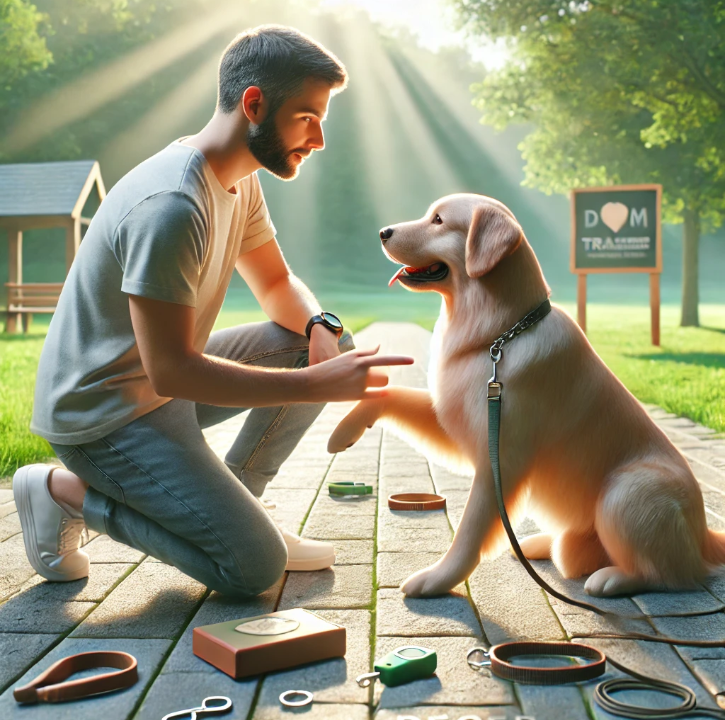Understanding the Role of Genetics in Dog Behavior

Key Points on the Role of Genetics in Dog Behavior: Genetic Blueprint: Genes influence traits like sociability, aggression, energy levels, and trainability, laying the foundation for behavioral tendencies. Nature vs. Nurture: Genetics determine predispositions, but training, socialization, and environment shape how these traits are expressed. Selective Breeding: Breeding enhances specific traits for tasks like […]
How to Train Your Dog to Respect Boundaries

Key Points to Help Your Dog Understand and Respect Boundaries: Boundary training is essential for a dog’s safety and helps establish a peaceful, well-structured environment. Indoor boundaries can be taught using physical markers like mats and consistent commands to guide dogs away from restricted areas. Outdoor boundaries should be defined with physical markers and […]
Understanding Breed-Specific Behaviors in Dogs

Important Takeaways About Breed-Specific Dog Behaviors: Historical Roles: Breeds have specific behaviors shaped by their original purposes, such as guarding, herding, or hunting. Behavioral Traits by Breed: Different breed groups exhibit distinct tendencies, such as herding family members or guarding territory. Training Adjustments: Tailoring training to breed characteristics enhances obedience and reduces behavioral challenges. […]
Understanding the Difference Between Dominance and Aggression in Dogs

Important Takeaways for Recognizing Dominance vs. Aggression in Dogs: Dominance: This behavior involves calm yet assertive actions like positioning and resource guarding without hostility. Dominance often stems from a desire to establish social order, with dogs appearing confident but non-aggressive. Aggression: Unlike dominance, aggression arises from emotions like fear or territorial instincts and manifests […]
Dealing with Dog Aggression: Tips and Strategies
Key Points on Dealing with Dog Aggression: Types of Aggression: Understanding the types of aggression—fear-based, territorial, protective, possessive, redirected, and social—helps tailor effective solutions for each scenario. Triggers and Body Language: Identifying triggers like loud noises or unfamiliar animals, alongside early warning signs such as stiff posture or growling, enables proactive aggression management. Socialization […]
Mastering Dog Behavior: Solutions for Common Challenges
Key Points on Mastering Dog Behavior: Training & Solutions: Excessive Barking: Address triggers, provide mental stimulation, and use commands like “quiet” to manage barking. Destructive Chewing: Offer chew toys, supervise, redirect, and ensure regular exercise to prevent inappropriate chewing. Separation Anxiety: Gradually desensitize your dog, create a safe space, and avoid dramatic departures to […]
Effective Training Tips for Managing Aggressive Dog Behavior
Key Points on Managing Aggressive Dog Behavior: Understanding Your Dog’s Needs: A safe space should prioritize your dog’s comfort, quietness, accessibility, and safety, tailored to their preferences. Choosing the Right Location: Ideal spots include a quiet corner, a bedroom nook, or a spare room where your dog can retreat and relax. Essential Elements: Include […]
